Not enough sunlight
Almost all plants need sunlight for growth and normal development. With its lack, the flower may slow down in growth, turn yellow or even wither.
To prevent this, it is worth rearranging the pot closer to the window or arranging artificial lighting.
Keep in mind that direct sunlight can be harmful, causing burns, so some plants should be shaded.
Improper watering
Insufficient watering leads not only to the impossibility of flowering, but also to the cessation of other processes, including growth.
On the other hand, an excessive amount of moisture leads to rotting of the roots, due to which the plant does not receive a sufficient amount of nutrients and, as a result, cannot fully develop either.
Before purchasing the next plant, be sure to find out how often you need to water this species and how much water. Make a watering plan or add a reminder to your phone to help keep things going.
Insufficient humidity of the room or its excess
The moisture level is an important factor for the well-being of not only people, but also any plant. Some prefer drought, others require constant contact with moisture, while others are content with average indicators.
If the humidity of the environment does not match the needs of a particular flower, it will wilt rather than grow. This can be changed by regular spraying (if the level is too low) or sorbents (if the humidity is high).
Incorrect feeding
A rare plant will grow and bloom beautifully without proper feeding. But at the same time it is important to give not just any fertilizer, but intended for a specific variety and conditions of detention.
Succulents do not need fertilizer for larch trees, just as the nutrition of orchids and ferns differs. Each specific plant has its own feeding: type, quantity, frequency. You can clarify this in the instructions.
Pests were not noticed in time
Almost any houseplant is susceptible to attack by pests (spider mites, mealy worms, scale insects, aphids, etc.). Parasites damage leaves and roots, suck out juices, and disrupt metabolism.
A sick plant has no time for growth and development, it throws all its strength into healing wounds and preventing its own death. If a pest has been noticed, you should get rid of it as soon as possible with the help of special chemicals or a concentrated soap solution.
Transplant rules violated
A transplant is stressful, so if it is carried out incorrectly, the plant may fall into suspended animation or even begin to wilt and, as a result, dry out. The same happens if the roots are severely damaged.
If this happens, you can try to transplant the plant again, but in compliance with all the rules, and for the first time after that pay special attention to it (watering, spraying, feeding, etc.). If irreversible changes have not happened, the flower will soon recover and return to normal.
Air circulation problems
Draft can lead to plant disease, and stagnant air can lead to wilting. Neither state contributes to growth, only slows down and even stops it.
To avoid this, you need to rearrange the pot to a more suitable location or otherwise normalize the air flow.
Temperature too low or too high
Each plant has a specific temperature range that is most suitable for healthy development. Going beyond this range leads to metabolic disorders and cessation of growth, flowering and the formation of new leaves and shoots.
To fix the problem, it is enough to recreate the correct temperature regime. In most cases, simply changing its location will be sufficient.
Extra shoots or old leaves are not cut off
The plant receives nutrition from the roots, but if the aboveground part is too voluminous, and the underground in comparison with it is too small, then there will simply not be enough resources for growth and flowering.
That is why you need to regularly cut off old leaves and unnecessary shoots, concentrating the supply of nutrients only to those parts of the flower that you want to leave and develop.
Disruption of vegetation and hibernation cycles
During the growing season, the plant develops, and hibernation time is necessary for rest and replenishment of nutrients. If the normal alternation of these cycles is lost, then growth will slow down due to the lack of strength on it.
The cycles can be restored by artificially immersing the flower into hibernation: this is usually done by lowering the temperature and reducing watering and feeding - more precise conditions differ depending on the species and variety. After a while, "awakening" occurs, after which growth begins again.
Slowing down or stopping the growth of a plant is largely the result of mistakes in care. You can avoid them by studying information about the conditions for keeping specific plants and compliance with these conditions. If mistakes have already been made, then you can correct them - if the flower has not yet died completely, it is possible to bring it back to life.

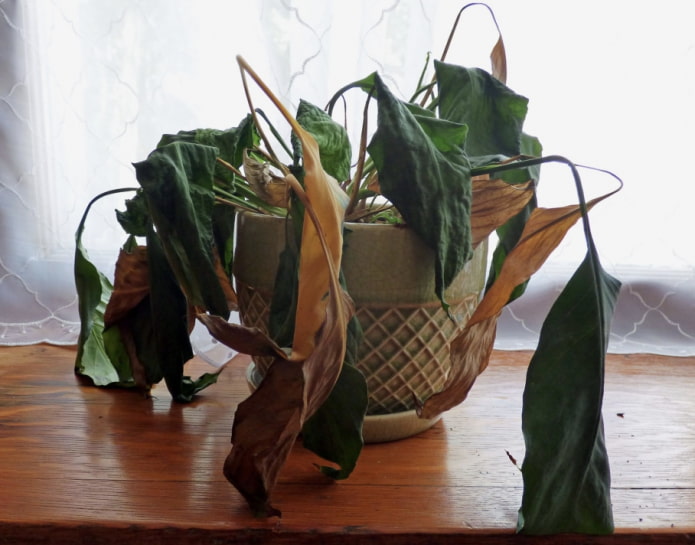
 10 practical tips for arranging a small kitchen in the country
10 practical tips for arranging a small kitchen in the country
 12 simple ideas for a small garden that will make it visually spacious
12 simple ideas for a small garden that will make it visually spacious

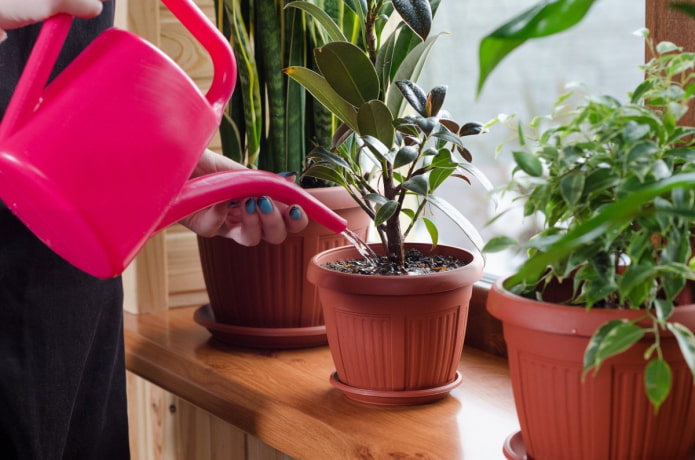
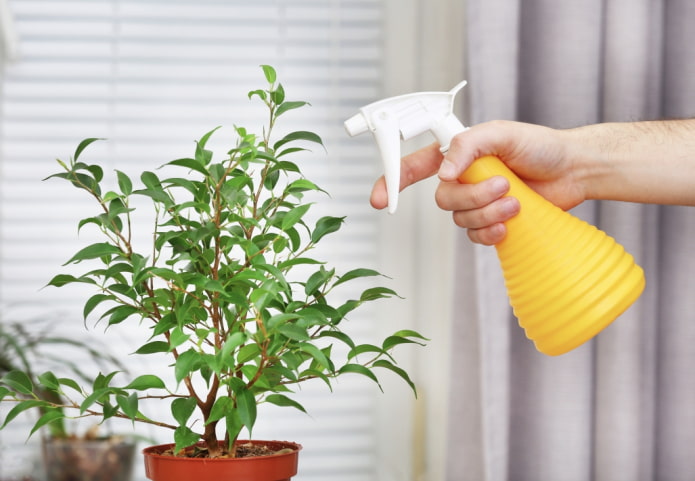
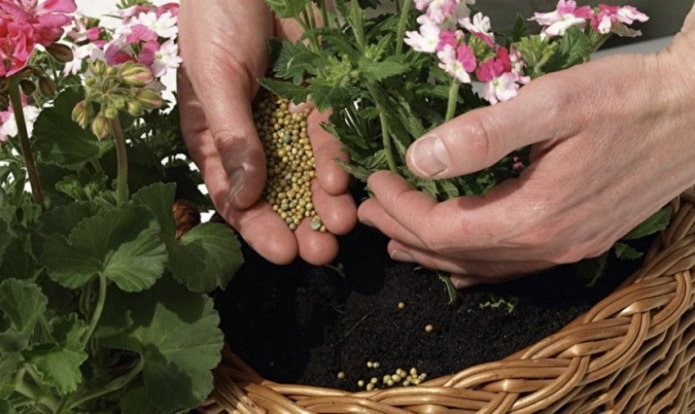
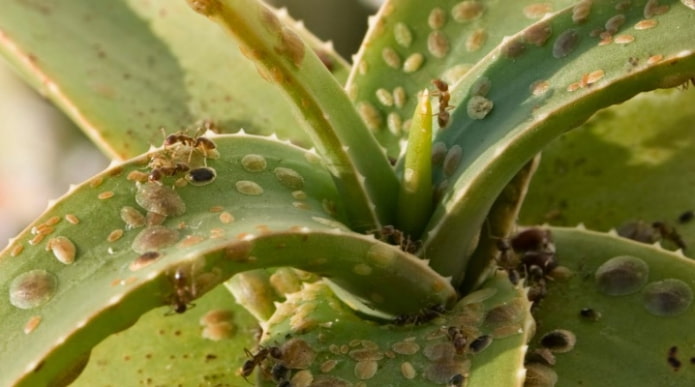
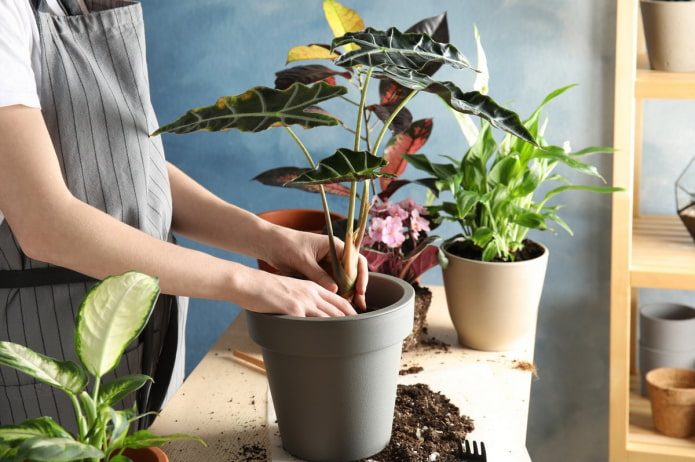
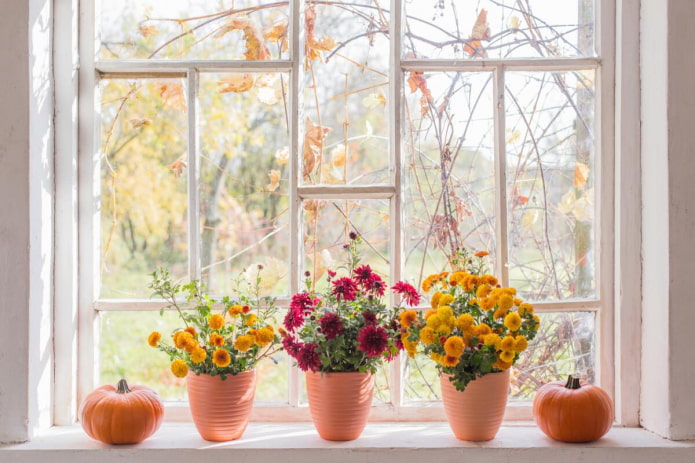
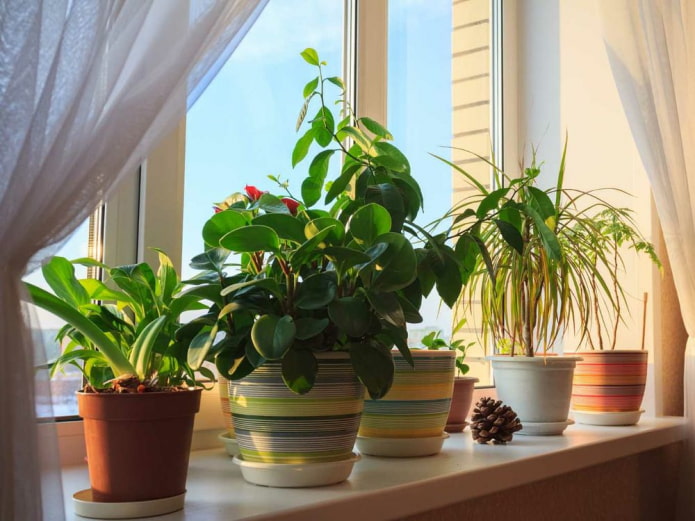

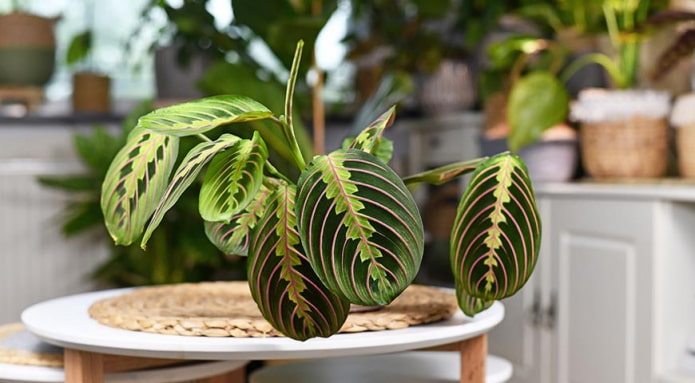
 13 bad habits a good housewife shouldn't have
13 bad habits a good housewife shouldn't have 24/7 home cleanliness - 4 secrets for the perfect housewife
24/7 home cleanliness - 4 secrets for the perfect housewife 6 hotels in Sochi that will give odds to the promoted foreign hotels
6 hotels in Sochi that will give odds to the promoted foreign hotels Top 10 interior design trends 2020
Top 10 interior design trends 2020 Rating of cheap TVs with Smart-TV
Rating of cheap TVs with Smart-TV New Year's LED garlands on AliExpress - we disassemble while it's hot, so that it's bright at home
New Year's LED garlands on AliExpress - we disassemble while it's hot, so that it's bright at home